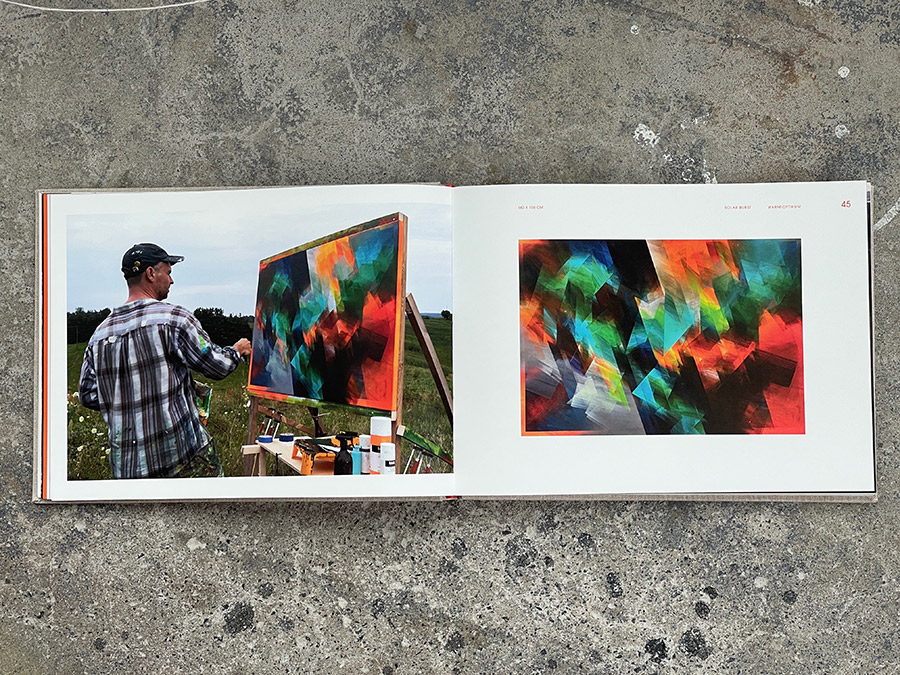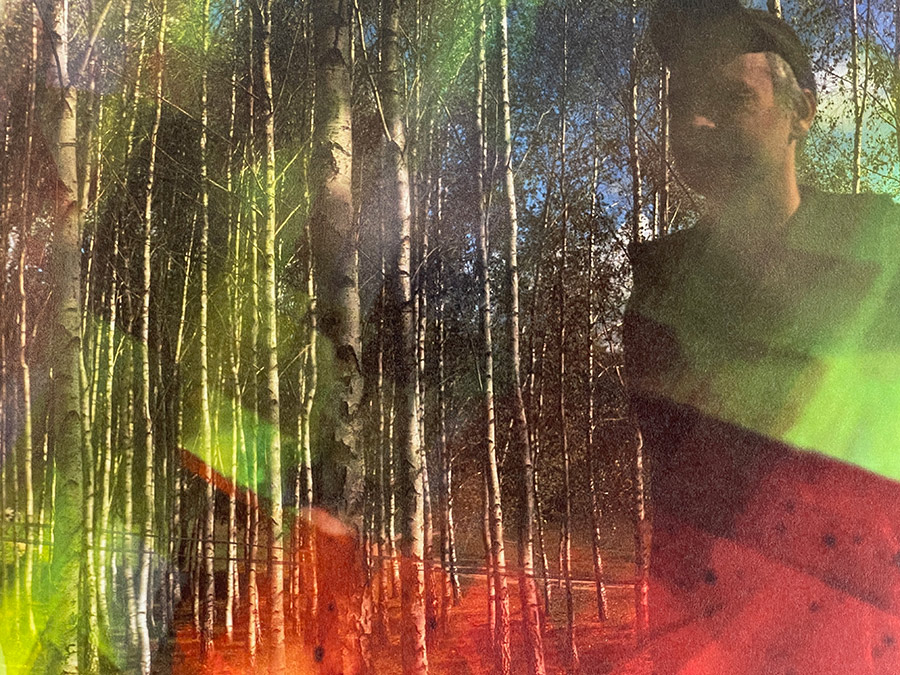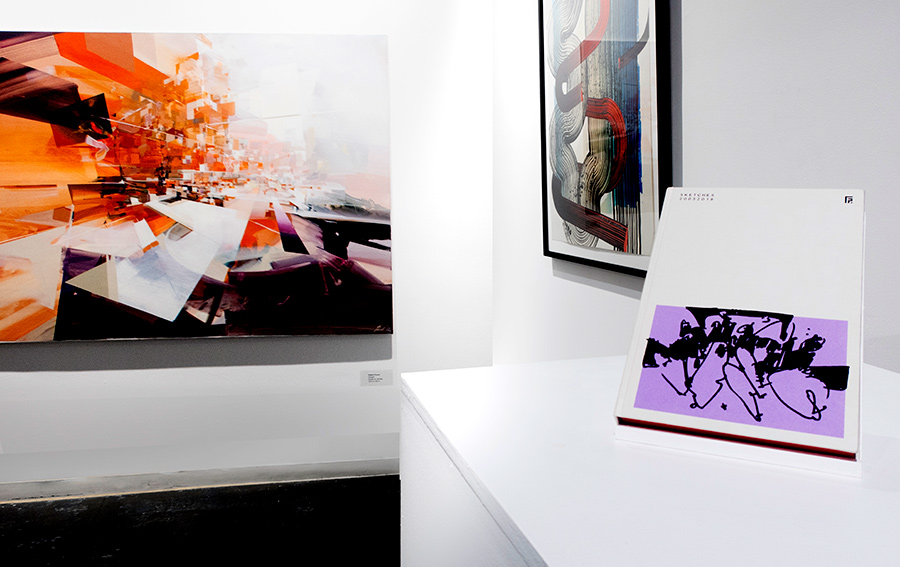Interpreting Warmia’s Hidden Patterns from Above and Within
Bartek Swiatecki’s latest book, Warmioptikum, is a striking fusion of abstract painting and aerial photography, capturing the landscapes of Warmia, Poland, from a new perspective. Featuring Swiatecki’s expressive, in-the-moment paintings set against Arek Stankiewicz’s breathtaking drone photography, the book transforms familiar rural scenes into an evolving conversation between art and nature.

Arek Stankiewicz & Bartek Swiatecki. WARMIOPTIKUM. Warmia, Olsztyn. Poland. 2024
Swiatecki, known for his roots in graffiti and urban abstraction, takes his practice beyond the cityscape and into open fields, painting directly within the environment. Stankiewicz’s aerial lens frames these artistic moments, emphasizing their relationship with the land’s patterns, textures, and rhythms. As noted in the book’s foreword by Mateusz Swiatecki, Warmioptikum is a documentation and an exploration of how we perceive and engage with landscape, helping the reader see Warmia through “extraordinary perspectives and new, nonobvious contexts.”

The book is an invitation to slow down and look closely. Stankiewicz’s photography captures the shifting light, subtle variations in color, and natural formations that seem to echo Swiatecki’s brushstrokes. As described in the foreword, the process is intimate and universal. Where nature offers a near-boundless source of inspiration, the artist’s hand responds in a personal and deeply connected way to the land. The artist emerges from the context; his abstract forms divine hidden landscape structures, reminding you how street art transforms overlooked corners of a city. Therein lies a harmony, each informing and amplifying the other.
For those familiar with Swiatecki’s past work, this project marks a compelling evolution that expands his dialogue beyond walls and into the vast openness of Warmia’s fields, redefining both place and perception.











Arek Stankiewicz & Bartek Swiatecki. WARMIOPTIKUM. Warmia, Olsztyn. Poland. 2024
©Miejska Bliblioteka Publiczna. Olsztyn, Poland. 2024
 BROOKLYN STREET ART LOVES YOU MORE EVERY DAY
BROOKLYN STREET ART LOVES YOU MORE EVERY DAY
































































 Bartek Świątecki AKA Pener. Mirror/Land. Olsztyn, Poland. (photo © Darek Brodowski)
Bartek Świątecki AKA Pener. Mirror/Land. Olsztyn, Poland. (photo © Darek Brodowski)









